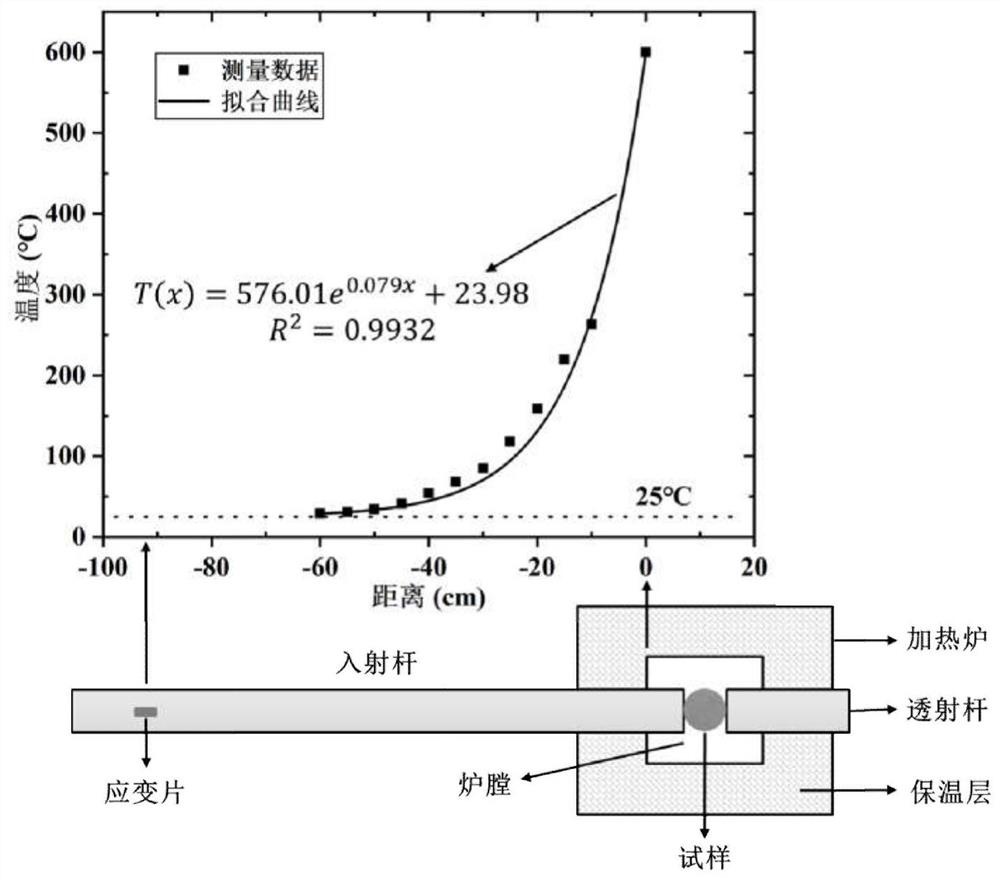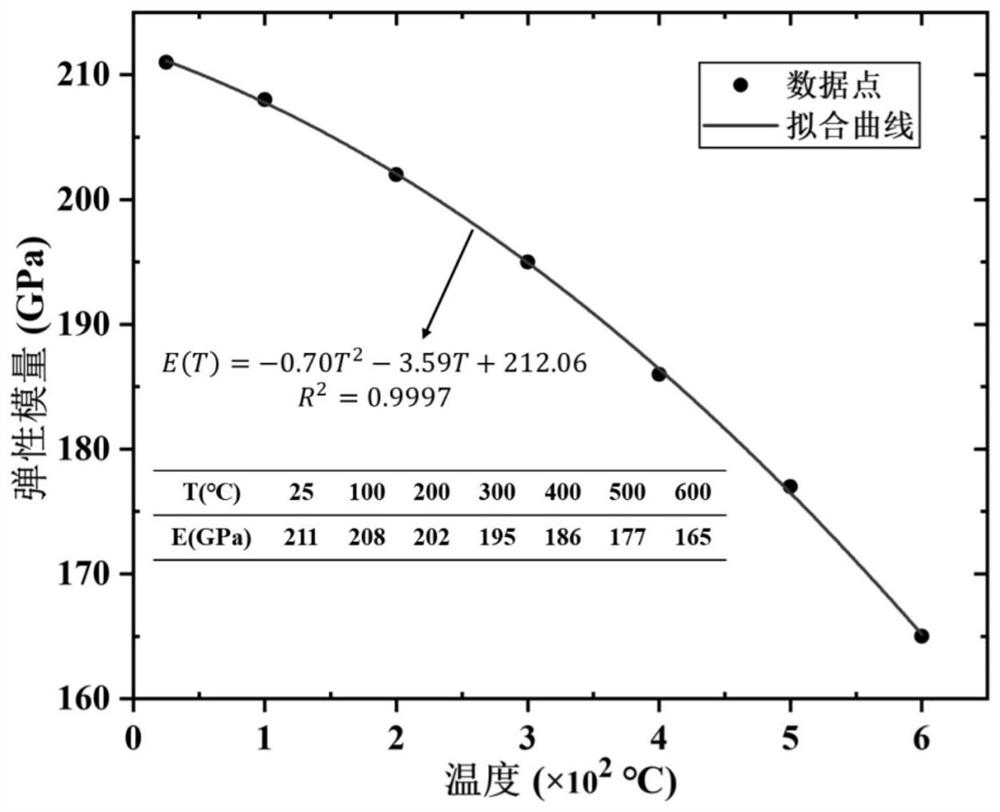A method for testing dynamic mechanical properties of rock at high temperature and a heating furnace used therewith
A technology of dynamic mechanics and testing methods, which is applied in the direction of applying repeated force/pulsation force to test the strength of materials, measuring devices, scientific instruments, etc., and can solve the problems of not being able to use strain gauges, affecting waveforms, and affecting the accuracy of rock dynamic mechanical test results, etc. problem, to achieve the effect of saving experimental cost, ensuring accuracy and simple method
- Summary
- Abstract
- Description
- Claims
- Application Information
AI Technical Summary
Problems solved by technology
Method used
Image
Examples
Embodiment Construction
[0053] The following will clearly and completely describe the technical solutions in the embodiments of the present invention with reference to the accompanying drawings in the embodiments of the present invention. Obviously, the described embodiments are only some, not all, embodiments of the present invention. Based on the embodiments of the present invention, all other embodiments obtained by persons of ordinary skill in the art without creative efforts fall within the protection scope of the present invention.
[0054] A method for testing rock dynamic mechanical properties at high temperatures, comprising the steps of:
[0055] S1. Install the incident rod and transmission rod of the SHPB experimental system coaxially on the through holes on both sides of the heating furnace, and extend to the heating furnace to clamp the sample, keeping the sample at the center of the furnace; the incident rod and the transmission rod The rods are made of Cr40 alloy.
[0056] S2. Paste ...
PUM
 Login to View More
Login to View More Abstract
Description
Claims
Application Information
 Login to View More
Login to View More - R&D
- Intellectual Property
- Life Sciences
- Materials
- Tech Scout
- Unparalleled Data Quality
- Higher Quality Content
- 60% Fewer Hallucinations
Browse by: Latest US Patents, China's latest patents, Technical Efficacy Thesaurus, Application Domain, Technology Topic, Popular Technical Reports.
© 2025 PatSnap. All rights reserved.Legal|Privacy policy|Modern Slavery Act Transparency Statement|Sitemap|About US| Contact US: help@patsnap.com



